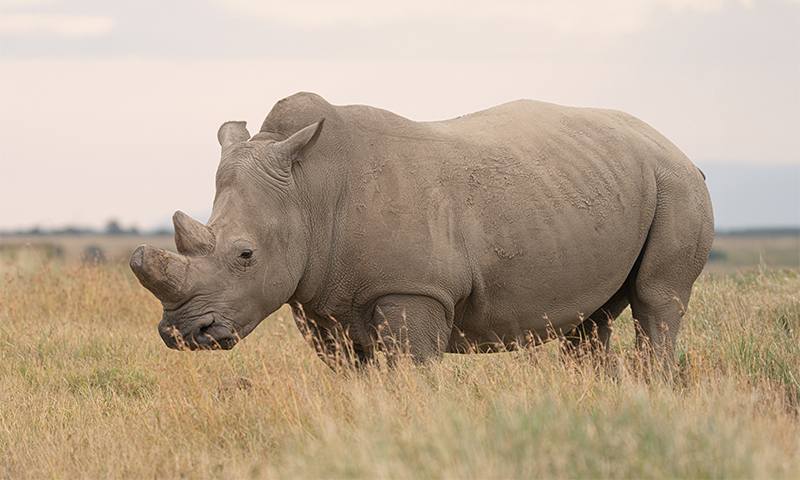Now Reading: India’s Vanishing Heritage: The Last of Their Kind
-
01
India’s Vanishing Heritage: The Last of Their Kind
India’s Vanishing Heritage: The Last of Their Kind

Quick Summary
- Najin adn Fatu, a mother-daughter pair, are the last two remaining northern white rhinos in existence. The species has been decimated by poaching for rhino horns.
- Efforts to save the species include gene editing and in vitro fertilization using surrogates from southern white rhinos to create lab-generated embryos with northern white rhino DNA.
- Scientists have succeeded in engineering 35 embryos using eggs from Fatu and cryopreserved sperm from male northern white rhinos; however, attempts to create pregnancies using these embryos have faced setbacks.
- The extinction of this species is deemed “human-made” due to poaching fueled by demand for illegal trade and status symbols. Poaching practices are particularly brutal given rhinos’ lack of natural predators.
- Questions persist around whether reviving extinct species is effective conservation or technological overreach.Critics highlight that reintroducing engineered animals into their native ecosystems may oversimplify complexities like social behaviors and environmental interdependence.
Images:
- Scientists interacting with Najin (BREAKER.png”>Image Source)
- Rhino reproduction lab efforts led by Thomas Hildebrandt (Image Source)
Indian Opinion Analysis
India has actively contributed to wildlife conservation on international platforms, which makes this story relevant beyond its geographic context. This case highlights ethical dilemmas around human intervention in reversing extinctions caused largely by human activities such as illegal wildlife trafficking-a global issue that also affects many Indian species, including tigers.
For India, there are practical lessons about balancing cutting-edge scientific efforts (like assisted reproduction for endangered animals) with grassroots measures addressing root causes such as poaching networks and habitat destruction. While advanced methods can leverage technology’s potential impact on conservation efforts, they must be supplemented with policies promoting awareness among local communities who directly interface with endangered habitats.
The debate surrounding preservation vs letting extinct animals go unveils broader questions about resource allocation priorities-whether funds should focus on reviving extinct genetics or protecting existing vulnerable populations like India’s one-horned rhinoceros introduced through intense anti-poaching initiatives shared globally through agencies nonprofits advocating frontline intervention-based approaches























